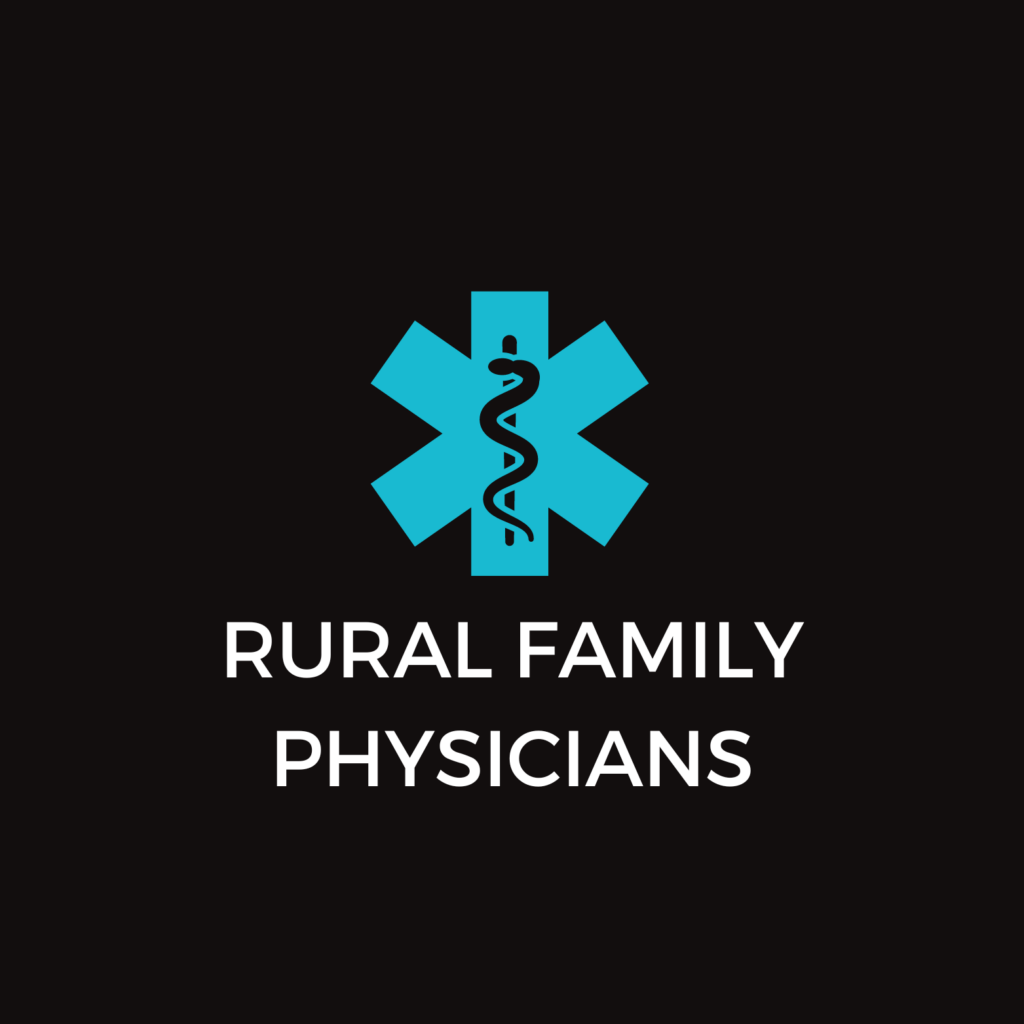CEO Update: Sharing Your Voice
 This is the Voice!!!! I secretly (well, maybe not so secretly) want to be a singer in my next life, heck I think I am one now, but no-one agrees with me. One of the ways I connect with this dream is by watching the show, The Voice. I appreciate watching how the coaches truly care about the contestants and how they work to mentor them – not just to win a show, but to succeed in their dreams of becoming a singer, an artist. One of the things that I think we as rural communities do so well is truly knowing and caring about our co-workers and our communities. We care for community by lifting them up, helping them heal, helping them be all they can and want to be. One of the ways that CRHC cares for you, our community, is to help lift you up with technical assistance, resources, education and information. In fact, you have or will shortly begin to receive your county’s Health Indicators Overview Report and your facility’s iCARE Infograph.
This is the Voice!!!! I secretly (well, maybe not so secretly) want to be a singer in my next life, heck I think I am one now, but no-one agrees with me. One of the ways I connect with this dream is by watching the show, The Voice. I appreciate watching how the coaches truly care about the contestants and how they work to mentor them – not just to win a show, but to succeed in their dreams of becoming a singer, an artist. One of the things that I think we as rural communities do so well is truly knowing and caring about our co-workers and our communities. We care for community by lifting them up, helping them heal, helping them be all they can and want to be. One of the ways that CRHC cares for you, our community, is to help lift you up with technical assistance, resources, education and information. In fact, you have or will shortly begin to receive your county’s Health Indicators Overview Report and your facility’s iCARE Infograph.
Last year, CRHC developed the Health Indicators Overview Report (previously referred to as the Top 3 Bottom 3 Report) as a way to provide you with county-level measures from the County Health Rankings data. The Report provides a review of the Top 3 Indicators of Strength and the Top 3 Indicators to Explore and can be used to provide a snapshot of a community’s health to begin investigating and discussing ways to improve health outside of your facility walls. One major improvement from last year is in the visual display of this data. We are now using an infograph format.
The second part of the Health Indicators Overview Report is broken into four sections: Clinical Care, Health Behaviors, Social and Economic Factors, and Physical Environment. The Clinical Care section provides workforce data ratios on primary care physicians and dentists in your community. These ratios are important to understand because it helps explain access to care. The number of uninsured and number of preventable hospital stays paints a picture of your community and can be an indication of a patient’s tendency to overuse hospitals as a main source of care vs. the Rural Health Clinic. State data is also displayed for comparison purposes. We hope that you’ll use this section to connect to your quality data through iCARE on your hospital’s readmission rates, preventable hospital stays, diabetic measures and patient discharge information measures through HCAHPS. By reviewing this data, you can have informed discussions with staff and with your community. By creating an opportunity for a discussion with your community, you create and continue to build on what makes you great – that you care. When everyone is rowing in the same direction, the community will understand where collaboration opportunities exist, maybe with the local library, schools, public health, or housing.
We hope that this data helps inform your decision-making process, helps you better prepare for the present and future, and helps you share your Voice and tell your story in your community.
I thought I’d end with some lyrics from John Mellencamp’s song, “Small Town,” that I think resonate with those we serve. “Well I was born in a small town, And I live in a small town, Probably die in a small town, Oh, those small communities, But I’ve seen it all in a small town, Had myself a ball in a small town, Yeah, I can be myself here in this small town, And people let me be just what I want to be.”
Enjoy the riches of your small town and let’s continue to work together for rural sustainability.




